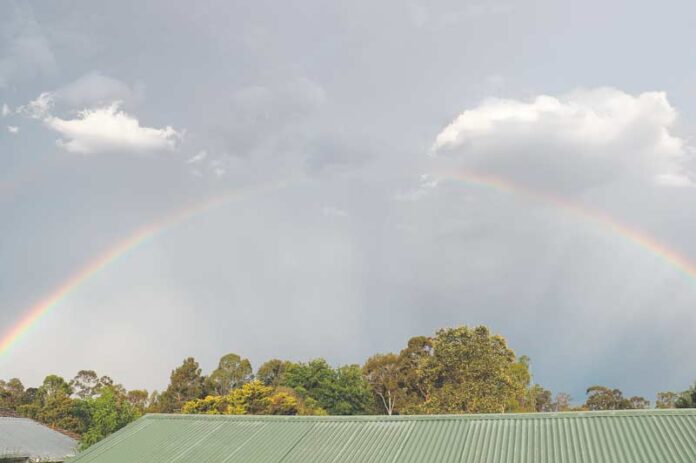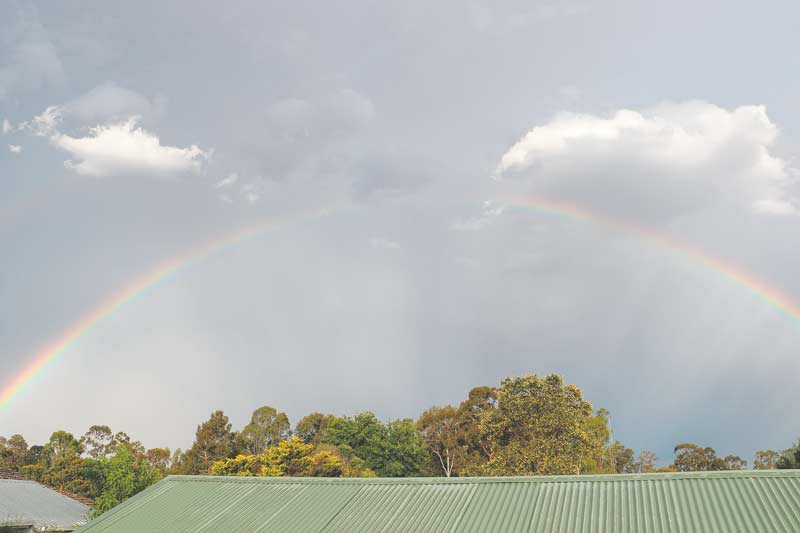
LAST month was Australia’s wettest November since records began in 1900. It was also Australia’s wettest spring since 2010, according to the Bureau of Meteorology’s spring climate summary.
The new Australian November average rainfall record stands at 72mm, more than double the November national average of 32mm.
The previous November rainfall record, set nearly 50 years ago during the La Niña event of 1973, was broken by more than 2mm.
Bureau of Meteorology senior climatologist Dr Grainger said there were a range of factors that influenced the development of storms and heavy rain across much of eastern and southern Australia this spring.
“Sea surface temperatures to the west and east of Australia have been the main influence on our wet spring. Typically, warmer waters off the north-west and north-east coast of Australia are associated with wetter than average conditions,” he said.
“Overall, it was Australia’s coolest November since the La Niña event of 1999, and the coolest spring overall since 2016.”
Dr Grainer said with higher than usual levels of rain set to continue across parts of Australia over summer, the community needed to remain vigilant.






